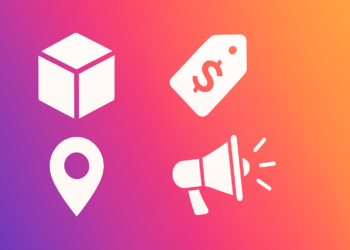Reciprocity nudges consumers to return favours, while commitment tactics lock in gradual agreement. Marketers combine both to deepen loyalty and conversions.
Offering a free downloadable guide before pitching a paid course primarily leverages:
Reciprocity
Social comparison
Loss aversion
Scarcity
Foot‑in‑the‑door technique starts with:
No request at all
A large, high‑pressure request
A small, easy‑to‑agree request
An unrelated personal story
Which loyalty perk best exemplifies long‑term reciprocity?
Exit survey
Surprise birthday gift credit
Abandoned‑cart email
Mandatory annual fee
Commitment bias means that once consumers make an initial choice, they:
Avoid related decisions
Prefer actions consistent with that choice
Seek entirely new experiences
Discount past behaviour
A 2025 email study found that including a personalised thank‑you video after purchase increased repeat‑order rates because it:
Amplified felt obligation to reciprocate
Linked to a customer survey
Added technical specs
Lowered product prices
Which action sequence reflects the ‘commitment ladder’ concept?
Browse FAQ → open chat → unsubscribe
Add to cart → abandon purchase
Follow brand on social → join free webinar → purchase starter pack → subscribe monthly
See ad → exit site
Marketers often pair small gift samples with a call‑to‑action because gifts:
Guarantee five‑star reviews
Prevent competitor poaching
Eliminate shipping costs
Prime customers to comply with a subsequent request
Opt‑in checkboxes that are unchecked by default rely mainly on:
Default bias
Scarcity
Price anchoring
Active commitment from the user
Which phrasing best strengthens commitment in a survey signup form?
“Maybe later”
“Skip this”
“Yes, I’ll participate”
“Not now”
Limiting a free trial to one feature before upsell primarily combines commitment with:
Loss framing only
Random assignment
A felt obligation to return the favour of early access
Colour priming
Starter
You grasp the basics of give‑and‑take, but there’s more to pledges and small asks—keep learning.
Solid
Strong score! You can craft freebies and micro‑commitments to build trust.
Expert
You could run a reciprocity lab—your commitment ladder is rock solid.
Grasping Reciprocity & Commitment Interview Questions helps you build trust-driven engagement strategies. Kick off with our consumer behaviour interview questions resource to learn why giving first fosters loyalty. Next, explore the emotions in ads MCQs to see emotional reciprocity in action, then dive into the colour symbolism interview questions for visual commitment cues, and finally test your understanding with the sensory marketing interview set. Going through these interview questions will boost your ability to discuss reciprocation techniques confidently.









